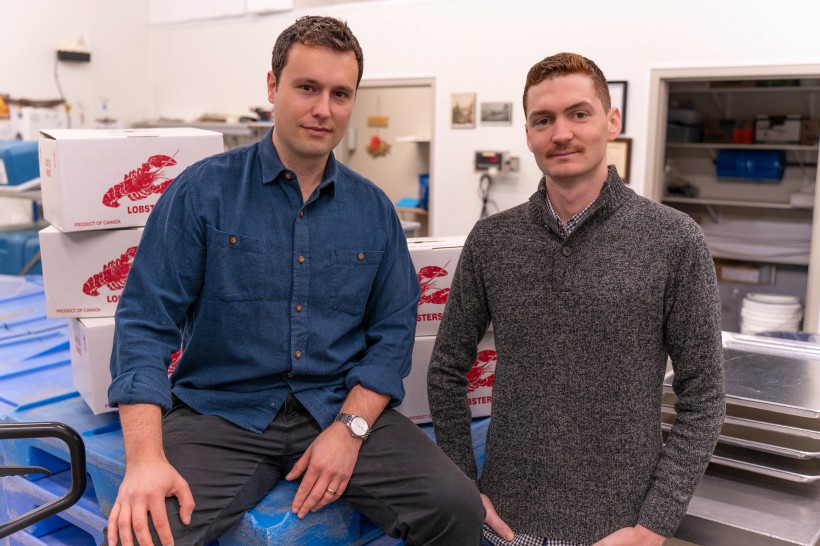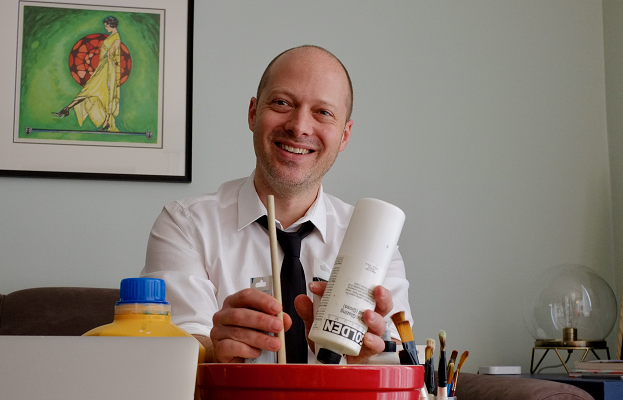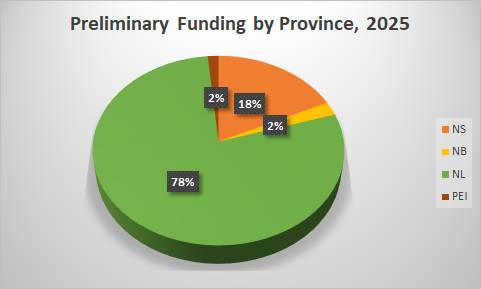Jake Arsenault and Lori Clair wanted to solve a relevant problem. So, for 18 months, they considered options before creating The Black Arcs, a company that is developing an online tool for exploring the inter-relatedness of land use issues.
Designed for consultants, city planners and anyone with an interest in the core issues impacting their town, the simulator is modelled on a video game to make it engaging and accessible to use.
Arsenault said the technology was built by blending art, design, math and the humanities. The simulator is designed to allow people to see the bigger picture around land-use issues.
“The problem we are trying to solve is silos of thinking,” he said. “We are about showing how all these issues connect with each other in a human way.”
With the simulator, users can change the lay-out of a city. They can move buildings, such as schools, around. Artificial Intelligence is then used to predict changes in who would drive, walk or take the bus with the school in the alternative location. This gives an estimate of the total financial, health and environmental impacts of the change.
Having formed a previous company -- Inversa Systems, which uses gamma-ray imaging technology developed at University of New Brunswick to assess infrastructure – Arsenault knew that relevance was hugely important to building a company.
Before starting The Black Arcs, he and Clair pondered the issues facing the world, before incorporating their venture in April 2015.
“We talked to professionals, academics and many others,” he said. “We spent 18 months asking questions and trying not to even think of solutions. The subject of land use blew our minds regarding the timing, need and potential.”
Unicare Developing Digital Aid for Home-Care Providers
Arsenault said a study has shown that if Calgary could densify its land use, the city could save $11 billion in capital costs alone.
“Our tool can help make discussions more reality-based and help society save a lot of money,” he said.
The development of the simulator has been guided by consultations with governments who have also provided early-stage funding.
The design is still being tweaked and is being piloted with a digital simulation of the town of Sackville, N.B., which, at around 6,000 residents, is a good size.
“We didn’t want to push the limits of size on our first deployment,” Arsenault said.
He said CivicTech – technology that links governments and citizens – is an emerging market in the U.S., worth $7 billion and growing. Black Arcs has big competitors, including Google and IBM. But Arsenault said his team is creating their own niche with their simple idea.
“We are going for just the aspects that matter,” he said. “This is a low-fidelity model. It’s simpler and accessible.”
He said the plan is to link their game to individual city sites so citizens in many communities can become involved.
“The move to making data more accessible is a big reason for this. Many parts of government are trying to open up,” he said. “This is making urban analytics practical.
“Sometimes decision-making isn’t fully reality-based,” he continued. “It comes from too narrow interests, emotions, misconceptions and just plain habits. Accessible analytics is the differentiator that can make collective decision-making better.”









